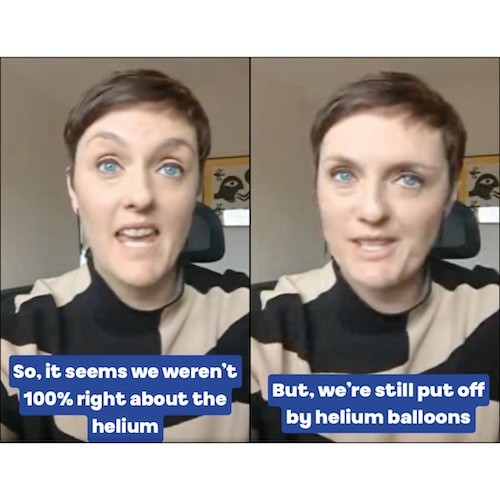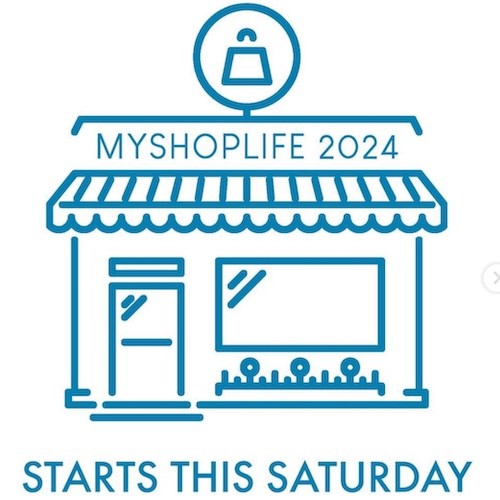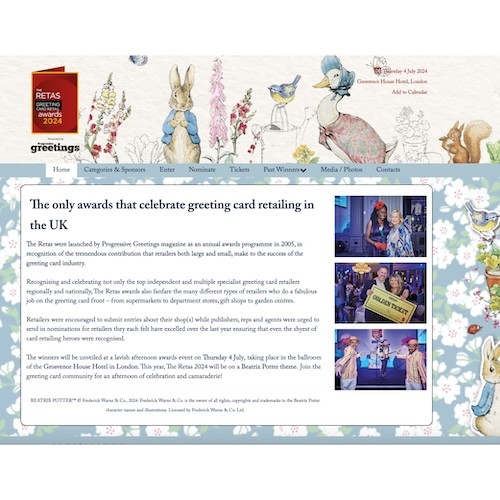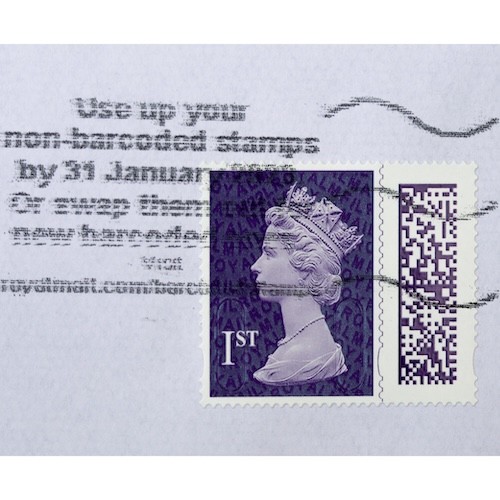Royal Mail has announced that 8% fewer ‘letters’ were sent by post in the nine months to 23 December, but the postal operator saying that the drop is largely to do with the continuing impact of GDPR. This meant that there was a 6% reduction in revenue from letter post. Previously Royal Mail has said it was anticipating a long term average drop of 4%-6%.
Despite the fact that the postal operator makes no mention of Christmas cards in its recent trading statement, some media have made ill-found claims for this to be the case.
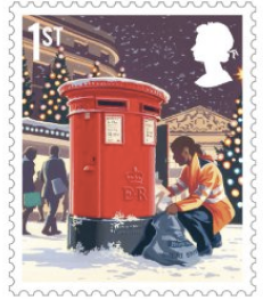
PG Buzz contacted the Royal Mail press team who confirmed that no breakdown into the type of ‘letters’ that were included in the figures were available or had been shared with any media.
The Times however went so far as to say that the decline was due to ‘the slow death of the Christmas card’ as well as the business world’s anxiety about sending out junk mail that could breach the privacy laws under GDPR.
While Royal Mail’s parcels business performed well in the period, with volumes and revenue up by 6% in the nine month period, it has adjusted its operating profit forecast for the full year to £500m-£530m, some £20m lower than previously forecast.
Rico Back, group chief executive officer of Royal Mail, said of the recent nine month period:
“We have had a busy Christmas season. In the UK we recruited 23,000 seasonal workers and opened six temporary parcel sorting centres to make sure we had the capacity to handle the high volumes of parcels and cards through our network. In the December trading period alone we handled 164m parcels, up 10% compared with last year. Our people delivered a great Christmas. I thank them for all their efforts.”
In the run up to Christmas, Royal Mail was very active in putting out positive news stories about the sending of Christmas cards and worked with the GCA on giving cards a high profile.
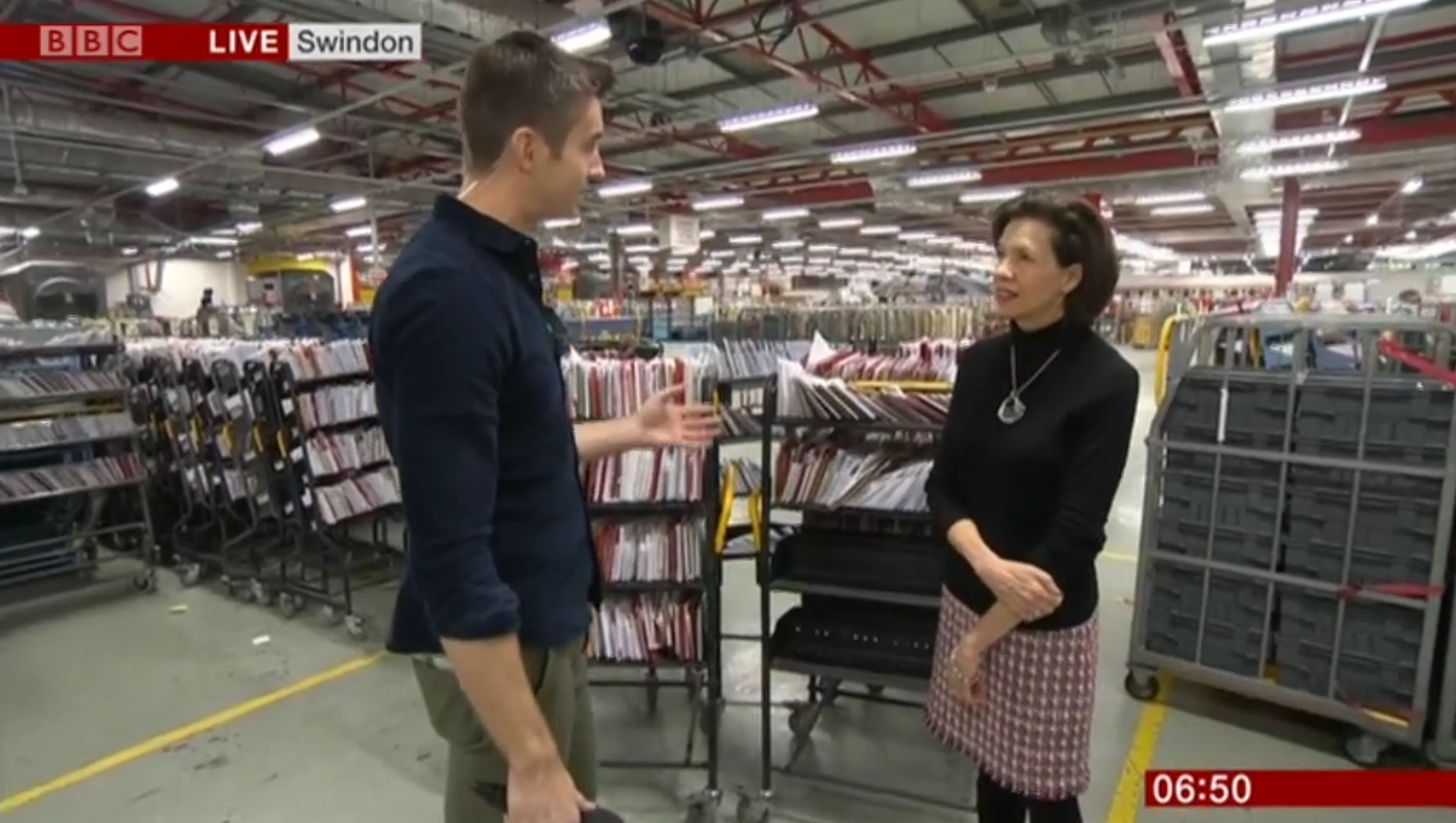
In a research survey it commissioned into the nation’s Christmas card habits, Royal Mail revealed that those is Bristol send their season’s greetings the earliest in the country, Edinburgh sends the most and Plymouth keeps their cards on display the longest.
Other findings included:
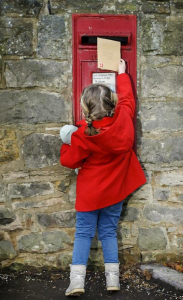
- The 1st and the 10th December were the two days when the nation is most likely to send their Christmas cards (18% on both days). However almost 1 in 10 (7%) sent them as early as November.
- In addition to close friends and family members 6% of people sent Christmas cards top the family pet, 5% sent one to the pet of a friend or family member and 3% sent them to ex-partners.
- According to Royal Mail sending Christmas cards is still the nation’s favourite way of spreading festive cheer. Almost 8 in 10 UK adults (77%) who celebrate Christmas say that sending cards is their favourite way of sending season’s greetings to family and friends – compared to saying it in person (62%), by text (34%) or by social media message (38%).
- And the difference is even more marked when it comes to receiving festive salutations. More than 6 in 10 (64%) people like to receive a Christmas card over any other form of festive communication, including social media (4%), text message (3%) or face to face (19%).
- When asked why Christmas cards are so synonymous with the festive season, over half (53%) love displaying them in their homes, 45% look forward to reading the messages inside, and a further 45% enjoy the particular thrill of receiving something through the post.
- Christmas cards are still popular amongst the younger generation, with just over half of 18-24 year olds (56%) expressing a preference for cards as a way of spreading festive cheer compared to any other channel, including text (38%) and WhatsApp message (24%).
- According to the findings an atmospheric snow scene is the nation’s favourite Christmas card design(highlighted by 59%of respondents). This is followed by robins (55%), snowmen (53%, reindeer (53%) and images of Father Christmas (52%).
- On average, the UK population keep their Christmas cards on display for 2-3 weeks. However 3% keep them up for more than six months!
- Almost 1 in 6 people (14%) include a family ‘update newsletter’ in their annual cards. Almost 1 in 10 (8%) include a family photograph, and 9% pop in either a paw print from their pet, or a ‘crayon signature’ from their children.
Mark Street, head of campaigns at Royal Mail commented: “Christmas cards are one of the defining items of the British festive season, and clearly hold a lot of emotional resonance. It’s fascinating to see modern card sending habits broken down in this much detail.”













